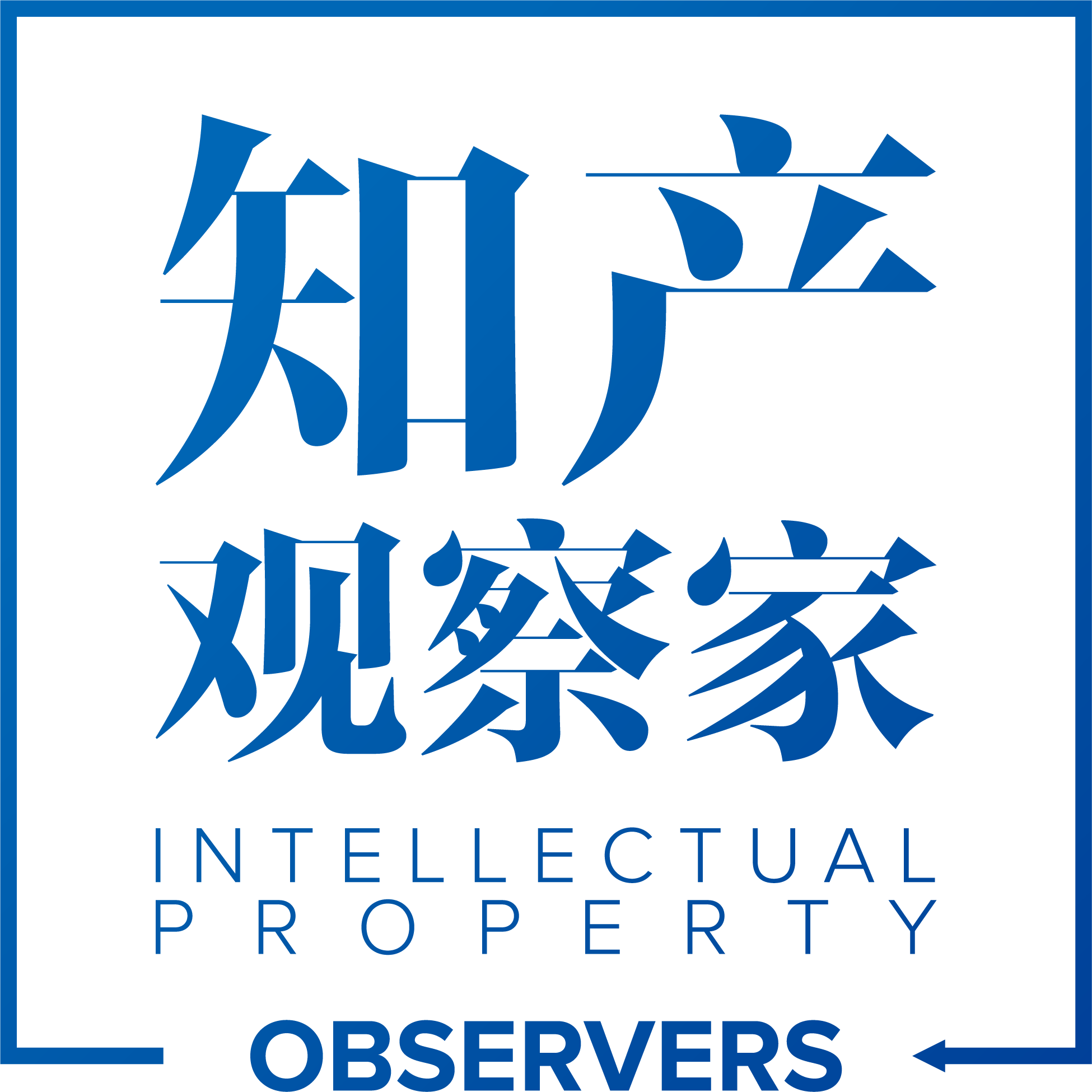During the past year, exciting messages about scientific achievements that might benefit the entire human came out one after another. The clinical test results of gene scissors are expected to be released soon; the brand new Ironman-like exoskeleton is also about to be delivered; and the synthetic yeast genome project - the first attempt of human beings to artificially synthesize a eukaryotic cell genome - will be completed.
The initial test result of universal flu vaccine was thrilling, and the systematic transition toward renewable energy will better help us cope with climate change. Besides, a number of countries have declared to launch Mars rover for investigation.
From exploring the space and sea to spotting the fundamental particles of materials, and from tackling health problems of individuals to improving the living environment of the entire human being, the new technological breakthroughs and the new applications that come along are constantly turning people's dreams into reality.
To have scientific technology benefit the people, cooperation is vital. For instance, the world's first image of a black hole was accomplished last year by a team of more than 200 researchers across the world with a planet-scale array of eight ground-based radio telescopes forged through international collaboration. This image was ranked the largest scientific feat by both Nature and Science when the two magazines reviewed major scientific breakthroughs made in 2019.
According to the World Intellectual Property Report (WIPR) 2019 released by the World Intellectual Property Organization (WIPO), in the early 2000s, teams of scientists produced 64 percent of all scientific papers and teams of inventors were behind 54 percent of all patents. By the second half of the 2010s, these figures had grown to almost 88 and 68 percent, respectively.
Source: China Daily


